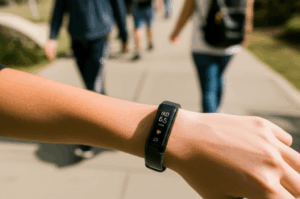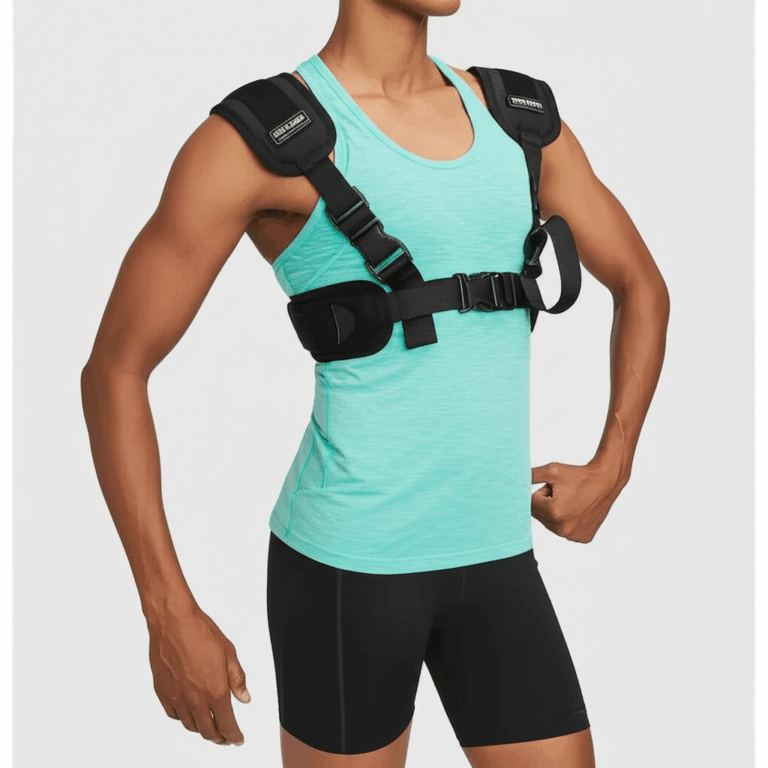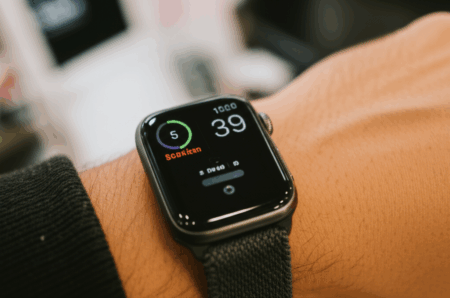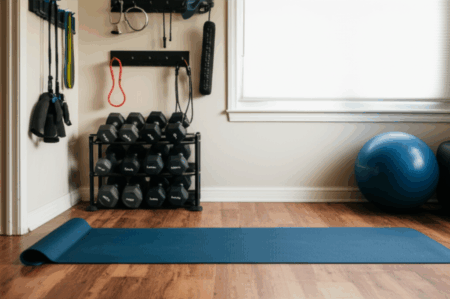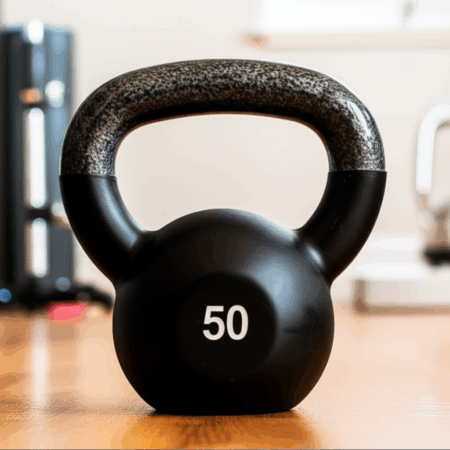In the ever-evolving landscape of fitness, some tools consistently prove their worth, and the weighted vest is undoubtedly one of them. With interest soaring for equipment that enhances efficiency and amplifies results, it’s no surprise that many are seeking to add this versatile item to their fitness arsenal. The allure of boosting workouts and achieving more in less time is powerful, especially when a great deal makes the investment even more appealing.
Whether you’re looking to intensify a daily walk or supercharge your strength training, a weighted vest can be a game-changer. This guide will walk you through the undeniable benefits and essential features to consider, helping you navigate the market for a vest that meets your fitness goals and, perhaps, even aligns with a timely discount.
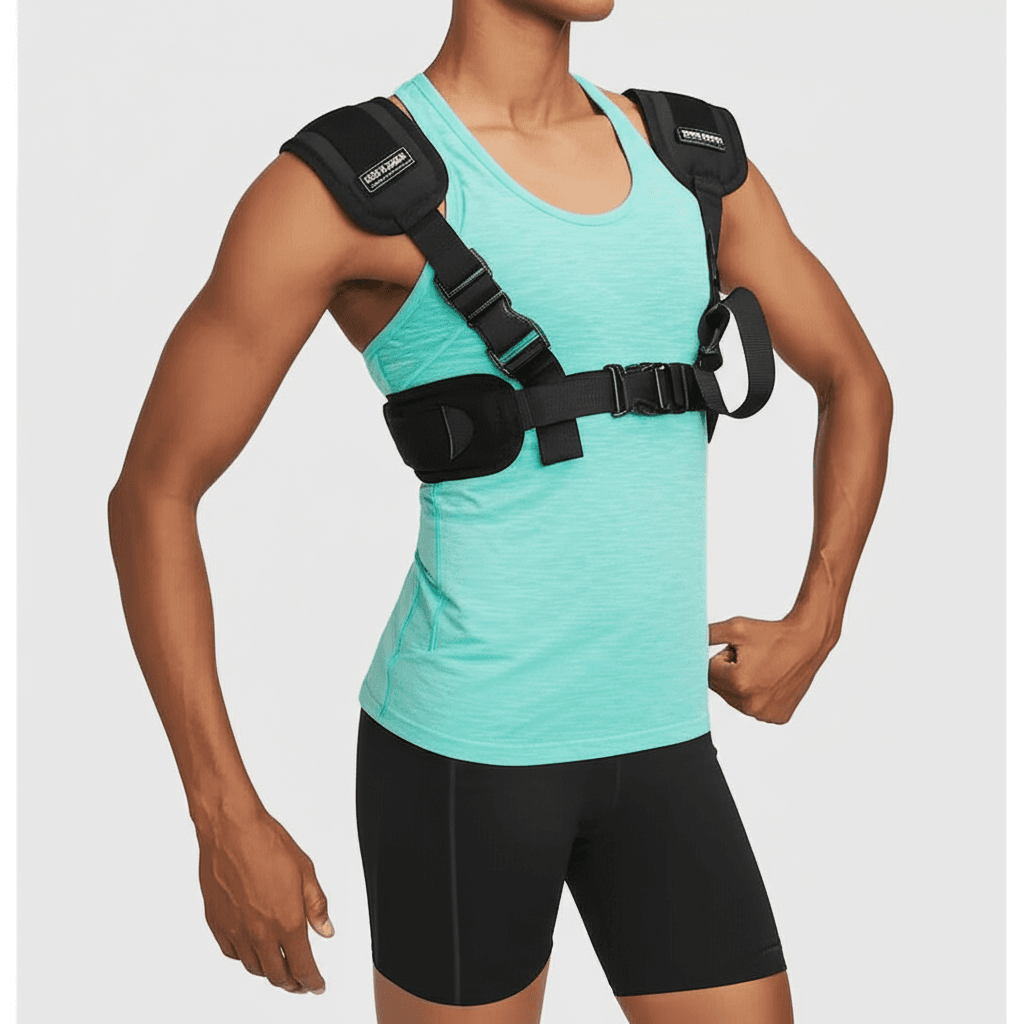
Why Wear a Weighted Vest? Unlocking a New Level of Fitness
A weighted vest is a form-fitting garment designed to add external resistance to your body, distributing weight evenly across your torso. This simple addition can significantly amplify the intensity and effectiveness of a wide range of physical activities. The benefits extend beyond just calorie burning and muscle building, touching on crucial aspects of long-term health.
Increased Calorie Burn and Weight Loss
By increasing your body’s overall load, a weighted vest forces your muscles to work harder, leading to a higher calorie expenditure during any given activity. This means you can burn more calories in the same amount of time, making your workouts more efficient for weight loss goals. Even simple activities like walking or doing housework can become more metabolically demanding.
Enhanced Strength and Endurance
Carrying extra weight challenges your muscles more intensely, promoting gains in strength, particularly in your legs, glutes, core, and back. It can improve performance in bodyweight exercises such as push-ups, pull-ups, and squats, as well as explosive movements. This added resistance also boosts cardiovascular endurance by increasing your heart rate and oxygen intake.
Improved Bone Density
Weight-bearing activities are crucial for maintaining and building bone density, which is especially important for older adults and postmenopausal women. The extra stress on bones from wearing a weighted vest can help minimize bone mass loss and reduce the risk of fractures.
Better Posture and Core Stability
The additional weight encourages better posture by engaging the core and back muscles that support your spine. This can help strengthen the muscles around the hips, core, and legs, leading to improved balance and core stability.
Versatility and Functional Fitness
One of the greatest advantages of a weighted vest is its versatility. It can be incorporated into almost any workout, from low-impact activities like walking, hiking, and stair climbing to high-impact exercises like running, jumping, and various bodyweight movements. It effectively simulates the demands of carrying or lifting in daily life, contributing to greater functional fitness and overall resilience.
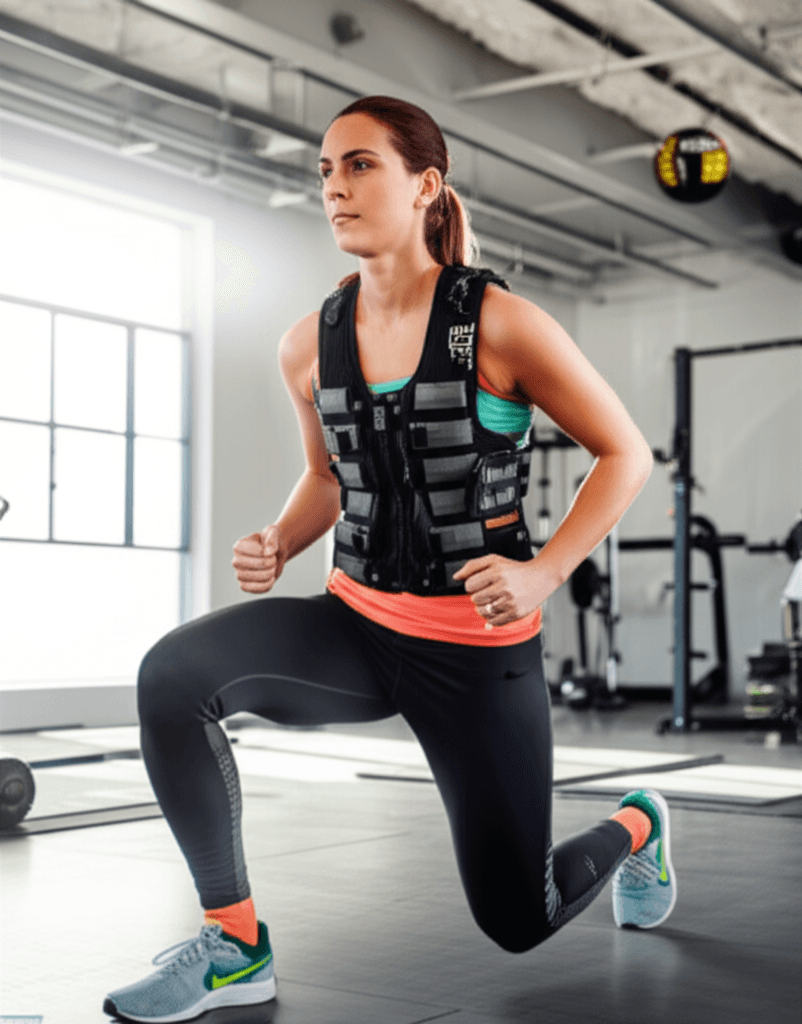
Key Features to Look For in a Weighted Vest
When considering a weighted vest, it’s essential to choose one that aligns with your specific needs and fitness routine. Not all vests are created equal, and prioritizing certain features will ensure comfort, safety, and long-term value.
Adjustability and Weight Range
Many vests offer adjustable weight options, often through removable small sandbags or steel plates. This is a crucial feature, allowing you to gradually increase the resistance as your strength improves. Experts recommend starting with a vest that weighs between 4-10% of your body weight and slowly progressing. Fixed-weight vests can be limiting for progressive training.
Fit and Comfort
A well-fitting weighted vest should be snug and secure on your torso without restricting movement or blood flow. Look for adjustable straps (shoulders and sides) and comfort padding, especially in areas like the shoulders and chest. Poorly fitting vests can cause discomfort, chafing, and even increase the risk of injury due to uneven weight distribution or bouncing during exercise. Breathable materials are also important for comfort, especially during intense workouts.
Material and Durability
The construction material directly impacts the vest’s longevity and safety. Durable materials like Cordura nylon are common in high-quality vests, ensuring they withstand regular use and the added pressure of weights. Double-stitching and robust closures are also indicators of a well-made product.
Exercise Type Compatibility
Consider the primary activities you’ll be using the vest for. Some vests are better suited for running due to their streamlined design, while others are designed for heavier lifting or CrossFit-style workouts. Plate carriers, for example, are popular for their versatility and adjustability, often seen in CrossFit, but some might be too bulky for running.
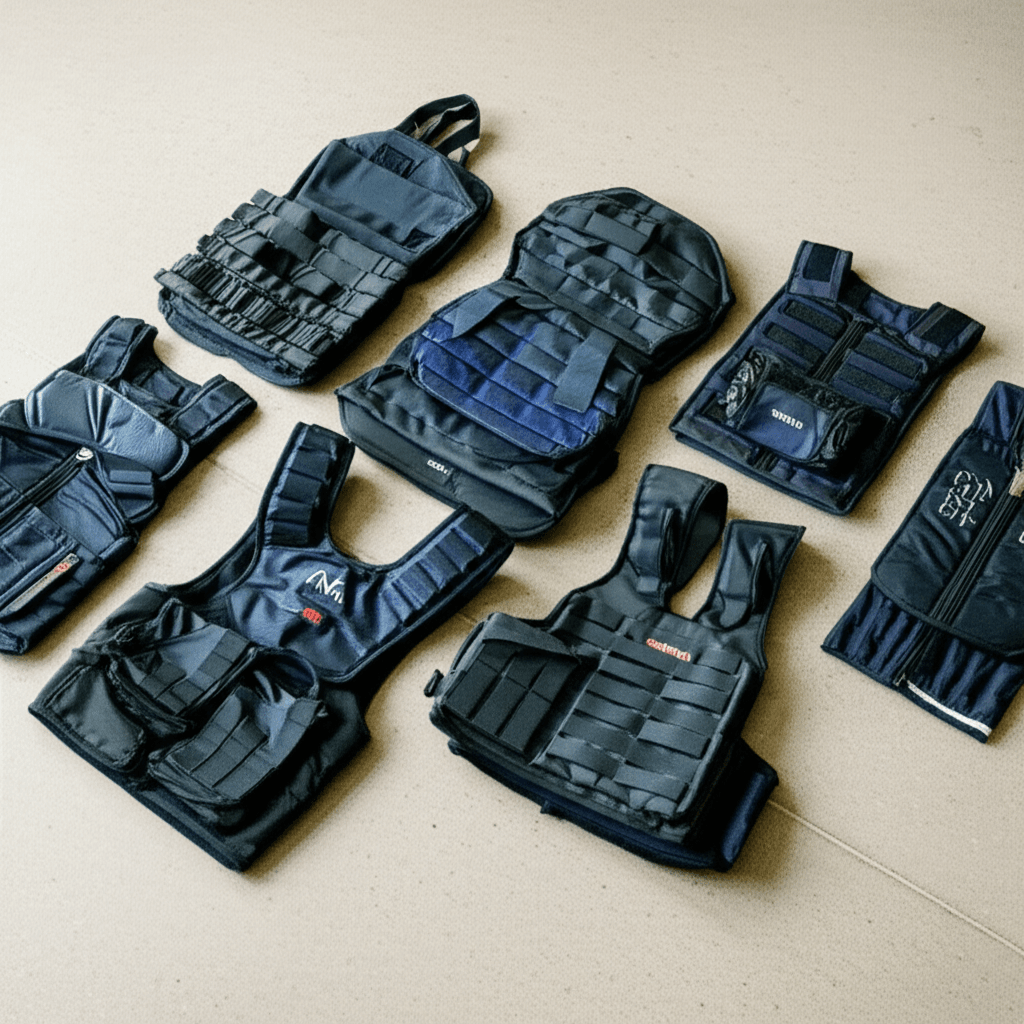
Popular Weighted Vest Options to Consider
While specific sales and stock vary, several brands consistently receive high marks for quality and performance. If you’re looking for a deal, keeping an eye on these reputable options might lead you to your perfect vest.
- Rogue Echo Weight Vest / Plate Carrier: Often cited as an excellent overall choice, known for its durable Cordura construction, secure fit, and comfort. Rogue also offers various plate options for customization.
- GORUCK Ruck Plate Carrier: Praised for extreme durability and a secure, stable fit, even shirtless. It’s an excellent option for rucking and can be very comfortable.
- 5.11 TacTec Plate Carrier: A popular choice, especially within the CrossFit community, known for its comfort and non-restrictive design.
- Hyperwear Hyper Vest Elite/Fit: Frequently recommended for running due to its compression-vest-like fit and even weight distribution.
- Centr 20-Pound Weighted Vest: A good value option with adjustable weight via removable sandbags and comfortable padded shoulder panels.
- CAP Barbell Adjustable Weighted Vest: Offers a wide range of maximum weights and adjustability in smaller increments, making it suitable for various fitness levels.
Always check current retailers and online marketplaces for sales and promotions, as prices and discounts fluctuate.
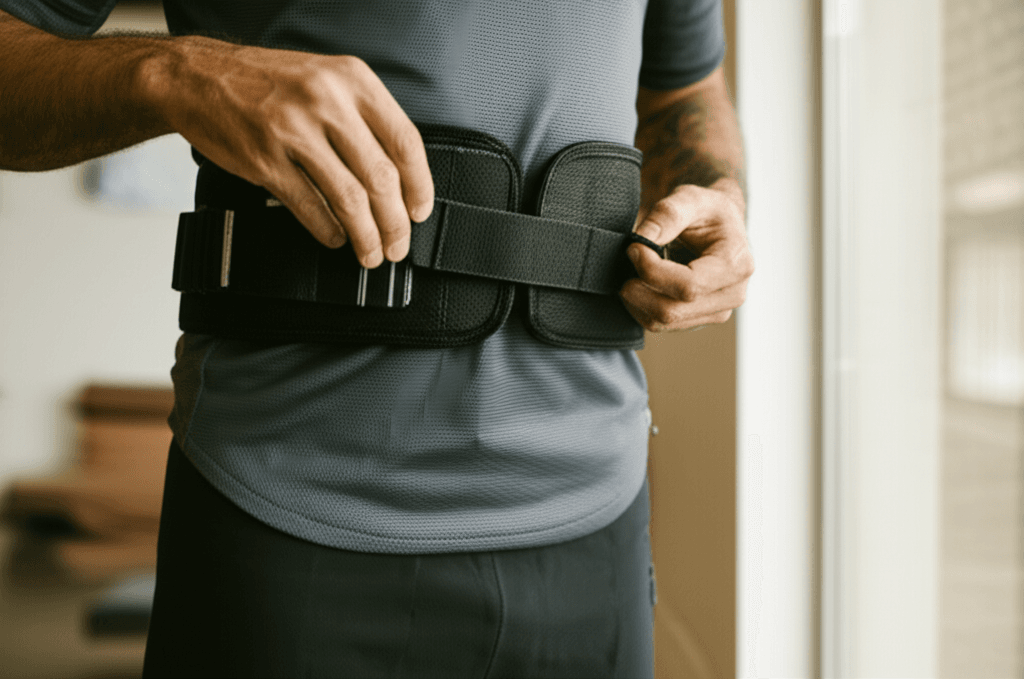
Starting Your Weighted Vest Journey Safely
While weighted vests offer numerous benefits, it’s crucial to start slowly and progressively to avoid injury.
- Start Light: Begin with a vest that is 5-10% of your body weight. You can even wear a vest without weights initially to get accustomed to the feel.
- Gradual Progression: Increase the weight and duration of use gradually as your strength and endurance improve.
- Maintain Proper Form: Focus on good posture and technique, especially with the added load. Improper form can increase the risk of injury to your joints, back, and shoulders.
- Listen to Your Body: If you experience any discomfort or pain, reduce the weight or take a break. Weighted vests are not suitable for everyone, particularly those with existing injuries or chronic pain.
- Consult a Professional: If you’re new to weighted training or have health concerns, consult a certified fitness professional or healthcare provider.
Adding a weighted vest to your fitness routine can be an incredibly effective way to intensify workouts, build strength, boost calorie burn, and improve overall health. By understanding the benefits and knowing what to look for in a quality vest, you can make an informed decision and embark on a more challenging and rewarding fitness journey. Keep an eye out for those sales – getting a great deal on a highly-rated vest can be the extra motivation you need to supercharge your fitness goals.

